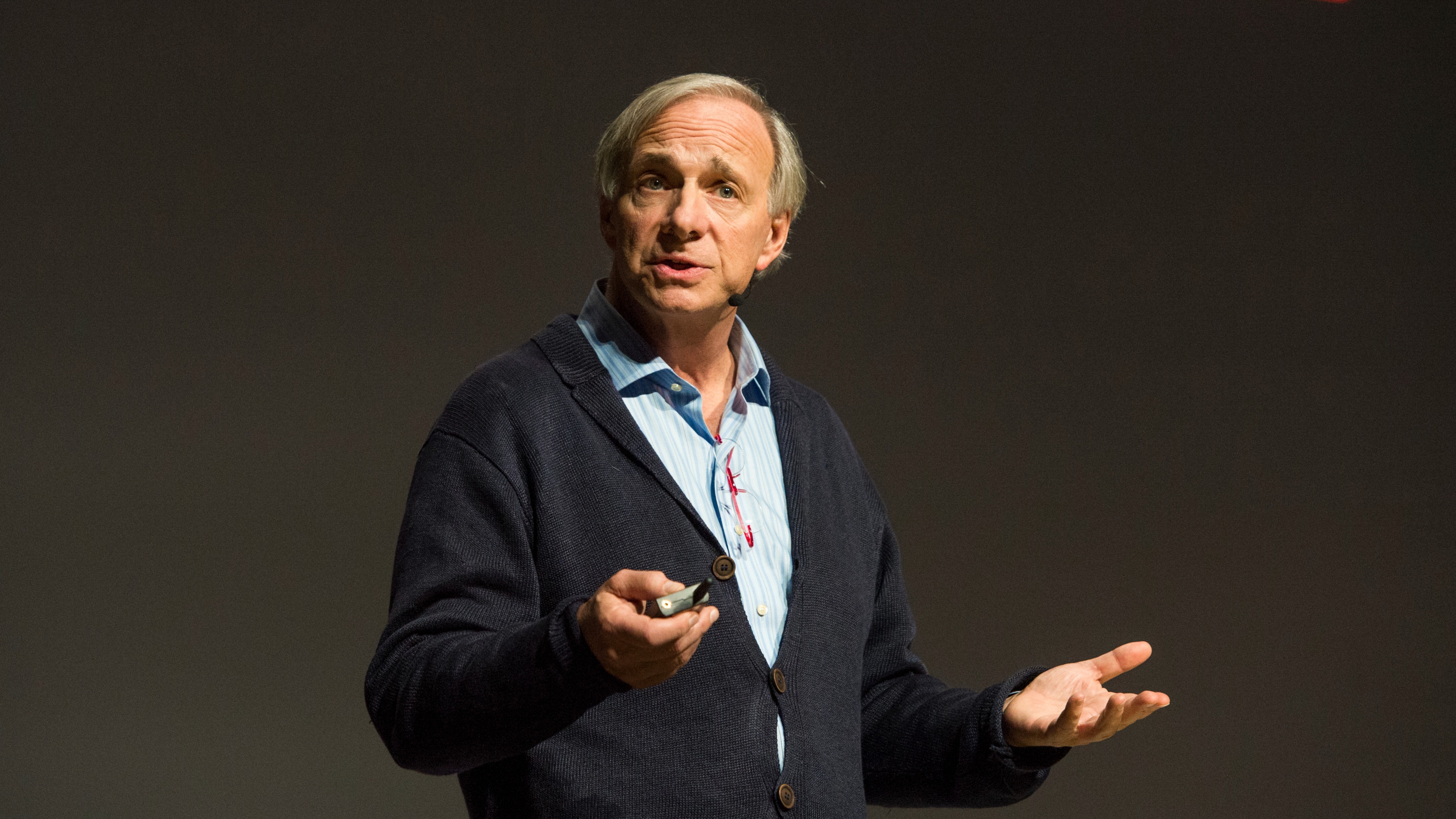All this week we bring you Morningstar’s Guide to Finding Investment Income. Here, as part of our Perspectives series, David Aird, Managing Director at Investec Asset Management outlines how less fortunate baby boomers can boost their retirement income.
It is accepted convention that the Baby Boomer generation – those born between 1946 and 1964 – have had an easy financial ride. The post-war period fuelled by government subsidies, a new-found energy to build a better life, and significant increases in the quality of food, health and retirement benefits made it easy for us to tag this cohort as the ‘privileged’ generation.

Born after 1964? Retirement income si going to be a real problem

Some Baby Boomers have benefitted considerably from asset inflation pushing up property prices, well-funded and generous defined benefit pension schemes and investment portfolios that have performed well.
A significant driver of investment returns has been the 25-year bull market in bonds, as governments around the world have repeatedly cut interest rates to stimulate their economies. However, this one trick pony has left today’s Government exposed with little further room for manoeuvre, as interest rates move towards zero.
Not all Baby Boomers Hit the Jackpot
Many early Baby Boomers retired in 2011 at the age of 65, with generous final salary schemes – retirement is good for those privileged few, but not all Baby Boomers will be as lucky in retirement.
For the youngest Baby Boomers born in 1964 and Generation X – those born from the around 1965 through to the late 1970’s – retirement income is going to be a real problem. Whilst some have benefited from increasing house prices and falling mortgage rates over the past 20 years, many have neglected their pension schemes.
No More Generous Pension Schemes
Defined Contribution (DC) pension schemes work on the principle that you get out what you put in – hopefully with some market growth. The reality is that pension pots are woefully small in most cases. The pot needs to provide the retiree with income and the old sources of investment income will not satisfy in today’s lower rates for longer climate.
In 1988 UK interest rates were 10% and UK 10 Year Gilts yielded a similar amount. Back then your DC pension pot could buy you an annuity rate of approximately 8.75% for a single premium immediate annuity. Today the equivalent annuity rate is approximately 4.0% - but significantly lower for joint life or index linked annuities.
By the year 2000 UK interest rates had dropped to 6% and for the past eight years, since the financial crisis, they have failed to rise above 0.5%. UK 10-year Government Gilts today yield just 1.5% and 30 year Gilts will give you 3.5%.
The Challenges Facing Today’s Retirees
There is little relief for investors trying to generate a pot of money to retire on in years to come, or those approaching retirement and looking to convert their savings into a stream of income from which they can live.
It is somewhat paradoxical that the aspirations of Baby Boomers and Generation X achieved throughout their working lives, is proving detrimental to their lives in retirement. Central bank intervention and government monetary policy has created an economic environment of low interest rates, low bond yields and lower market returns.
So What is the Answer?
Retirees must strike a balance between capital preservation - ensuring capital growth matches, or preferably exceeds, inflation; and sweating assets sufficiently to produce an attractive income. This is, of course, easier said than done.
Most investors have grudgingly accepted that the heyday of 10% income per annum is long gone and we live in a world where 5% income is far more realistic – sometimes even a stretch. In an environment of long term low rates coupled with the erosion of traditional sources of reliable income, investors need to take some additional risk to generate a 5% income, especially if they want their capital to remain intact.
This can be done in one of two ways, the first approach is to employ a complex investment strategy investing in high yielding assets, perhaps with leverage – an investment technique that can magnify gains or losses – to generate a mouth-watering yield of say 8-10%. But buyer beware, this type of financial alchemy may look enticing but history has shown it can sometimes end in disaster.
The second is a more conservative approach, prioritising capital preservation in retirement. Diversification is key to spread the risk across a broad range of asset classes from equities of high quality companies, to infrastructure and property.
We have built multi-asset income portfolios for our UK clients that currently produce an annual income of between 4-6%. The benefits of diversification are illustrated, for example, by our investment in a New Zealand Government short dated bond, yielding 4%. Here we are dealing with a mature developed economy, with an attractive yield compared to UK Gilts, and the additional chance of capital growth if interest rates are cut.
Another example is our investment in Cisco Systems shares, a high quality US technology company with a dividend yield of 3.5%, benefiting from increasingly stable subscription based revenue streams and a focus on shareholder dividend growth. These are just two examples of finding attractive income producing investments from around the world, when opportunities closer to home may be mundane at best.
Achieving a sustainable, reliable and realistic retirement income has never been more pressing. A degree of risk must be taken to generate a 5% income and to ensure their capital grows over time to keep pace with inflation. However, when the risks are managed correctly and there is a clear focus on capital preservation as well as income, our retirement may be more enjoyable than we had first envisaged.





























